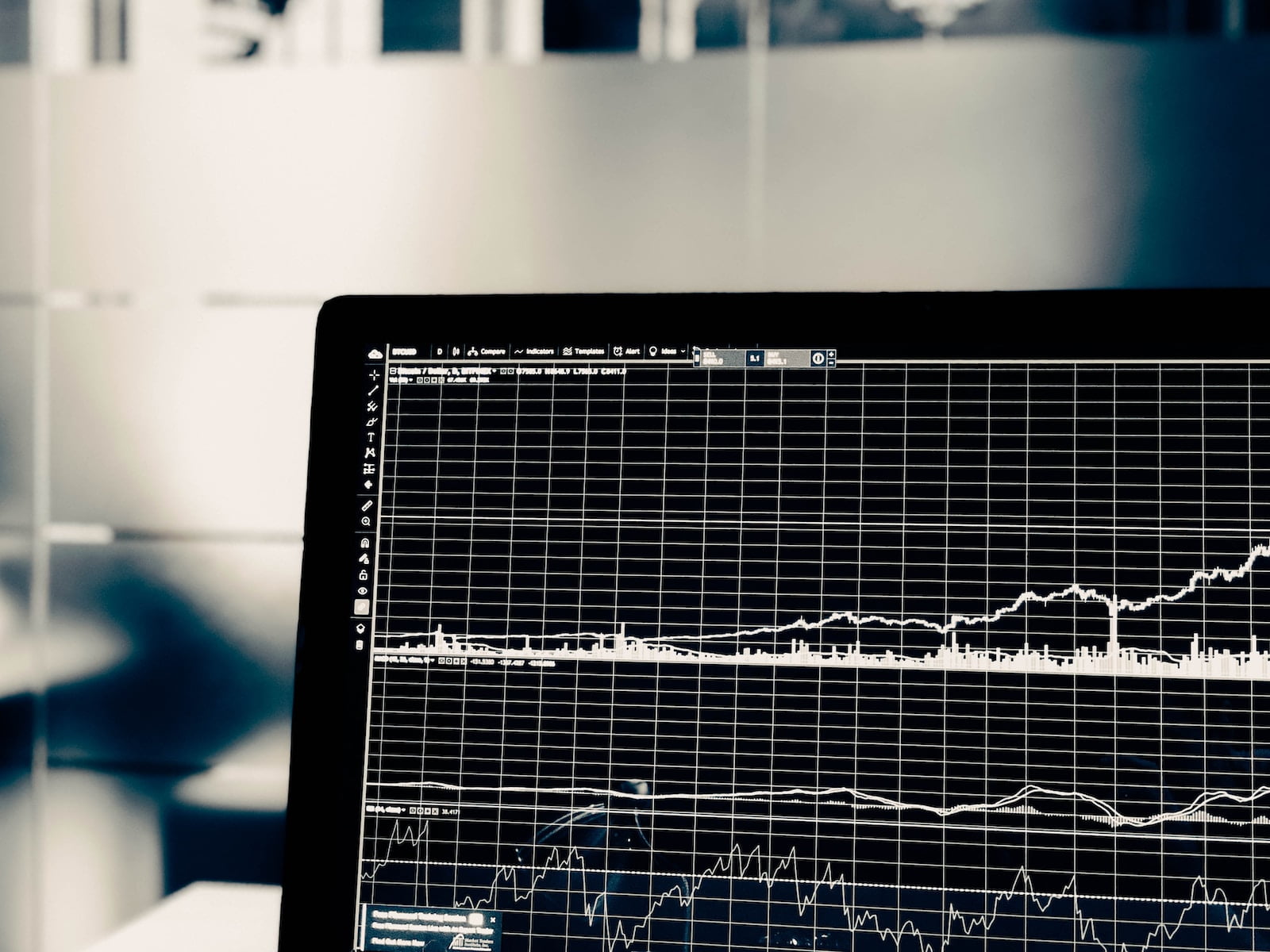In recent years, the financial landscape has been dramatically reshaped by the rise of algorithmic trading, often referred to as algo trading. This revolutionary approach to trading has transformed the way financial markets operate, offering unprecedented speed, accuracy, and efficiency. In this article, we will delve into the world of algorithmic trading, exploring its origins, advantages, challenges, and the future it holds.
I. The Genesis of Algorithmic Trading
Algorithmic trading is not a recent phenomenon; its roots can be traced back to the 1970s when financial institutions began using computers to automate their trading strategies. However, the real breakthrough came in the 21st century, driven by advancements in technology and data analysis.
The core idea behind algo trading is simple: to use computer algorithms to execute trading orders with incredible precision and speed. Algorithms are sets of rules and instructions that guide the buying and selling of financial instruments, such as stocks, bonds, currencies, and commodities.
II. Advantages of Algorithmic Trading
Speed: Algo trading operates at speeds that are simply unattainable for human traders. Algorithms can execute thousands of orders in a fraction of a second, taking advantage of fleeting market opportunities.
Accuracy: Algorithms follow predefined rules with unwavering discipline, reducing the risk of human error that often plagues manual trading. This accuracy is particularly crucial in high-frequency trading, where every millisecond counts.
Efficiency: Algo trading allows for the automation of complex trading strategies, enabling traders to react swiftly to changing market conditions. This efficiency leads to cost savings and improved risk management.
Risk Management: Algorithms can incorporate risk management parameters to prevent excessive losses. They can also execute trades across multiple markets and assets simultaneously, diversifying risk.
Backtesting: Before deploying a trading algorithm in live markets, it can be rigorously tested using historical data. This helps refine strategies and assess their potential profitability.
III. Challenges in Algorithmic Trading
While algorithmic trading offers numerous advantages, it is not without its challenges:
Data Quality: The quality of data is paramount in algo trading. Any inaccuracies or delays in data feeds can lead to incorrect trading decisions.
Regulation: As algo trading becomes more prevalent, regulatory bodies are increasingly focusing on this field. Traders must comply with complex regulations, which can be a logistical challenge.
Technical Issues: Algo trading relies heavily on technology, making it susceptible to technical glitches, outages, and cyber threats. These issues can result in significant financial losses.
Over-optimization: It’s possible to over-optimize trading algorithms, making them too specific to historical data. Such algorithms may perform poorly in changing market conditions.
Market Impact: Large-scale algorithmic trading can impact market dynamics. High-frequency trading, in particular, has faced criticism for its potential to exacerbate market volatility.
IV. The Future of Algorithmic Trading
The future of algorithmic trading is undoubtedly promising, with several exciting developments on the horizon:
Machine Learning Integration: Machine learning and artificial intelligence are poised to play a more prominent role in algo trading. These technologies can adapt and learn from market data, potentially improving trading strategies.
Blockchain and Cryptocurrencies: The rise of blockchain technology and cryptocurrencies has created new opportunities for algorithmic trading. These assets operate 24/7 and are highly volatile, making them attractive to algorithmic traders.
Ethical Considerations: As algo trading becomes more prevalent, ethical considerations surrounding its impact on markets and society will come to the forefront. Regulatory bodies and industry participants will need to address these concerns.
Retail Participation: Historically, algo trading has been the domain of institutional investors. However, with the democratization of financial markets, retail traders are gaining access to algorithmic trading tools and platforms.
Quantitative Finance: Algorithmic trading is closely intertwined with quantitative finance. As the field of quantitative finance advances, it will continue to drive innovations in algo trading.
In conclusion, algorithmic trading has revolutionized financial markets by offering unparalleled speed, accuracy, and efficiency. While it presents challenges, such as data quality and regulatory compliance, the future of algo trading looks promising with the integration of machine learning, the expansion into blockchain and cryptocurrencies, and increased retail participation. As technology continues to advance, algorithmic trading will remain a driving force in shaping the financial landscape of tomorrow.

